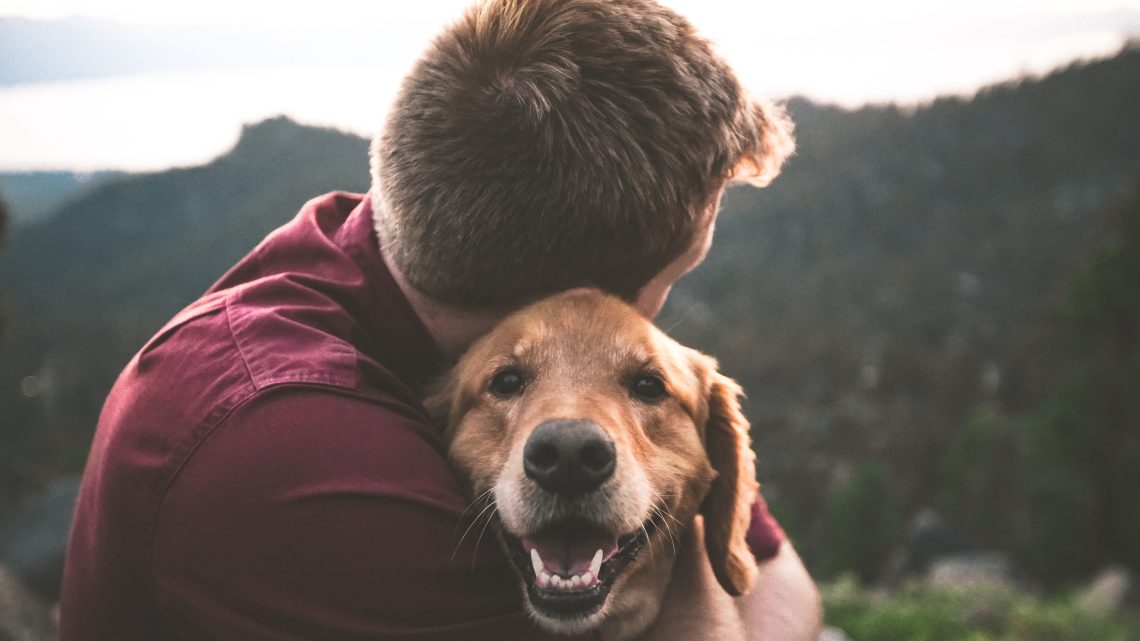Understanding dog behavior is crucial for ensuring safety for both humans and dogs. With millions of households owning dogs, it’s essential to recognize the signs of aggression before it escalates to a bite. Recognizing these signs can prevent potential injuries and promote a safer environment for everyone involved. Following the incident, consider consulting a Texas dog bite lawyer, especially if the situation results in significant injuries. This guide will help you identify these warning signals and act accordingly.
Understanding Dog Body Language
Dogs communicate primarily through body language. Observing these non-verbal cues can help you gauge a dog’s emotional state. Here are key indicators to watch for:
- Posture: A dog’s posture can tell you a lot about its mood. Aggressive dogs may stand tall with their chest out, legs stiff, and ears up. In contrast, a fearful or anxious dog might lower its body, tuck its tail, and keep its head down.
- Tail Position: A wagging tail doesn’t always indicate a friendly dog. If the tail is held high and wagging rapidly, it can signal excitement or aggression. Conversely, a low wagging tail or one that is tucked between the legs often indicates fear or submission.
- Facial Expressions: Pay attention to a dog’s face. Aggressive dogs may have a tense jaw, exposed teeth, and narrowed eyes. They might also growl or snarl, showing their teeth. A relaxed dog, on the other hand, will have a softer expression with a slightly open mouth and relaxed ears.
- Ears: Ears can be an essential indicator of a dog’s mood. Ears that are pinned back against the head signal fear or submission, while ears that are perked up can indicate alertness or potential aggression.
- Growling and Barking: Vocalizations can provide insight into a dog’s feelings. While barking can signal excitement, a low, deep growl often indicates discomfort or a warning. Understanding the context of these sounds is key.
By learning to interpret these body language cues, we can gain valuable insights into a dog’s emotional state and respond appropriately to ensure both their safety and ours. Ultimately, fostering a deeper understanding of canine communication enhances our relationships with dogs and promotes a harmonious environment for everyone involved.
Context Matters If A Dog Is Behaving Aggressively
Recognizing aggression isn’t just about reading body language; context plays a significant role. Consider the situation in which the dog is behaving aggressively. For instance, a dog may show signs of aggression when:
- Protecting Territory: Dogs can be protective of their space, whether it’s their home or a favorite spot in the park. If a dog appears aggressive when approached in these areas, it’s likely trying to defend its territory.
- Feeling Threatened: A dog may perceive a person or another animal as a threat. If a dog feels cornered or trapped, it may resort to aggression as a defense mechanism.
- Interacting with Food or Toys: Many dogs can be possessive over their food or favorite toys. Approaching a dog while it’s eating or playing with a toy may trigger aggressive behavior.
- Being Handled by Strangers: Dogs can be sensitive to touch, especially if they haven’t been properly socialized. If a dog is approached by a stranger and shows signs of discomfort, it may react aggressively to protect itself.
By understanding these various contexts, we can better anticipate and prevent aggressive behaviors, ultimately fostering safer interactions between dogs and people.
Teaching Others About The Signs of Aggression
Once you understand the signs of aggression, it’s essential to educate those around you, especially children, about dog safety. Teaching kids how to interact safely with dogs can significantly reduce the risk of bites and foster a positive relationship between them and animals. It is crucial to instill the habit of asking the dog’s owner for permission before approaching or touching the dog. This practice not only respects the owner’s boundaries but also helps children learn the importance of assessing a dog’s comfort level before initiating contact.
Furthermore, children should be taught to respect a dog’s personal space, especially when the dog is engaged in activities such as eating, sleeping, or playing with toys. Dogs can be protective of their resources, and approaching them during these times may provoke fear or aggression. Understanding these nuances is key to promoting safe interactions.
Additionally, adult supervision is vital when children and dogs are together. Adults can monitor the situation, step in if necessary, and guide children on appropriate behaviors, ensuring safety for both the kids and the dogs involved. Encouraging open communication about feelings and reactions during these interactions can help children become more empathetic and observant. By fostering awareness and respectful practices, we can create a safer environment where both children and dogs can coexist happily.
What to Do If You Encounter an Aggressive Dog
If you find yourself face-to-face with an aggressive dog, there are steps you can take to protect yourself from a dog bite:
- Stay Calm: Avoid sudden movements or loud noises that might startle the dog further. Speak softly and calmly to avoid escalating the situation.
- Avoid Direct Eye Contact: Directly staring at a dog can be perceived as a threat. Instead, keep the dog in your peripheral vision without making direct eye contact.
- Create a Barrier: If possible, put something between you and the dog, like a bag or jacket, to protect yourself.
- Back Away Slowly: If the dog appears aggressive, slowly back away without turning your back on the dog.
- Seek Help: If a dog attacks and causes injury, seek medical attention immediately.
Final Thoughts on Recognizing Aggression in Dogs
Understanding the signs of aggression in dogs is vital for preventing bites and promoting safety. By recognizing body language cues and contextual behaviors, you can help create a safer environment for yourself and those around you. Education is key—teaching children how to interact with dogs respectfully can significantly reduce the risk of bites. Being proactive about recognizing and addressing signs of aggression can make all the difference in ensuring safety for both dogs and humans alike.




No Comment